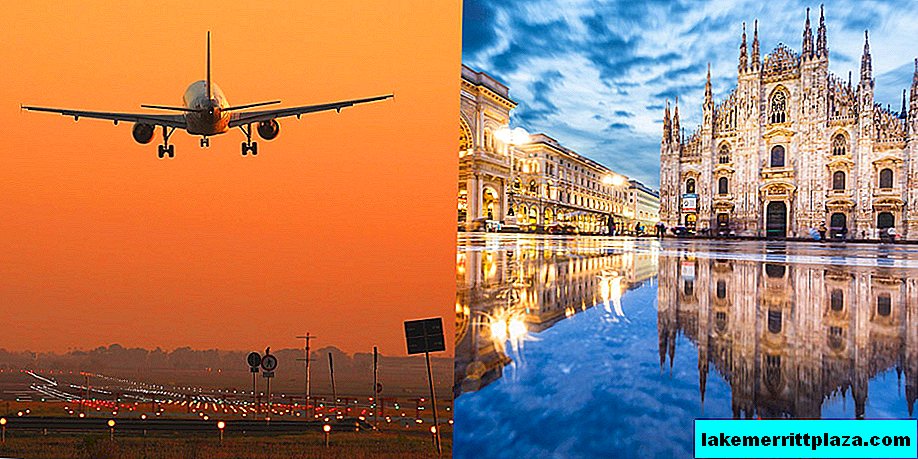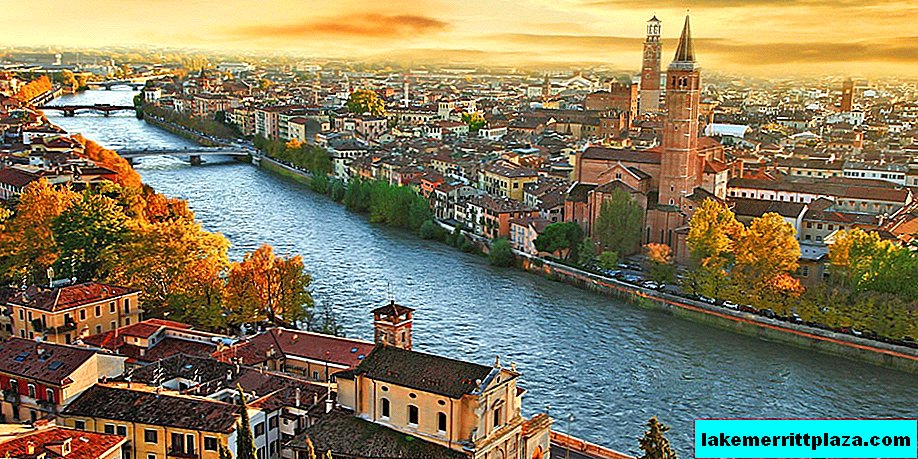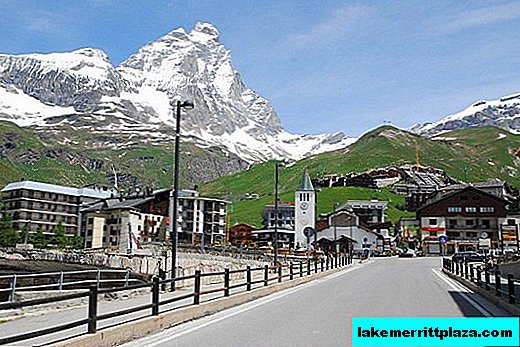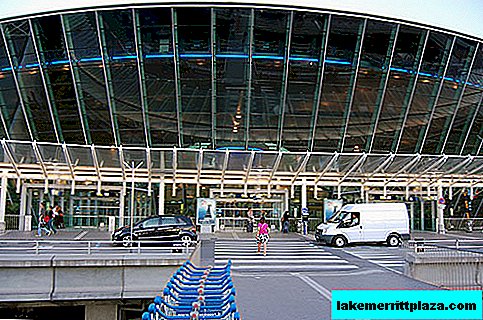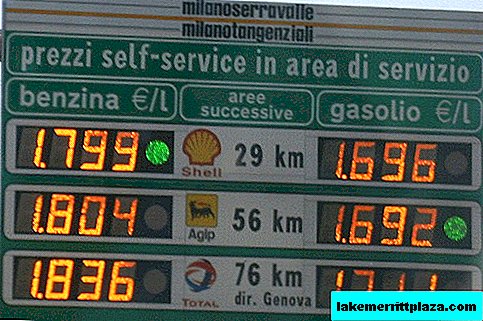The Church of St. Gereon today is an active Catholic church, the walls of which have a monument to St. Gereon, a Roman warrior who fought and died for the Christian faith.

St. Gereon Church - Cologne's oldest religious building ^ photo Christine
Church of St. Gereon (St. Gereon Kirche) - the oldest temple in Cologne. The Romanesque basilica replaced the early Christian sanctuary erected on the site of the death of a Roman warrior who served in the Thebes legion. The holy martyr Gereon of Cologne fell for faith in 318.
Construction history
The historical monument combines elements of ancient, Romanesque and early Gothic religious architecture. The oldest part of the temple has existed since 350: then a martyrium chapel appeared on the territory of the ancient necropolis, resembling the temple of Minerva with its appearance. The walls of the main nave of the basilica to the level of 16 meters are preserved from the Late Antiquity. In the 11th century, a presbytery was added to the ancient oval base; in the XIII century, decagon-shaped walls were erected around the old part, crowning them with a 35-meter faceted dome.
Over the years the temple existed, it was completed several times. The Second World War did not pass by a masterpiece of architecture: it was damaged, although not destroyed to the ground by air bombs, like other religious buildings in Cologne. Reconstruction lasted more than 40 years. Now the church is completely restored, serves the needs of the parish of St. Hero and the pilgrimage center. Within its walls are services and cultural events.
Church architecture




The appearance of the temple has been preserved since the 14th century. On the west side is the main decagon building. Small polyhedral towers with conical domes are attached to it. From the side of the eastern facade, rectangular 30-meter twin towers erected in the XII century rise. Between them is a semicircular apse with dull arcades: a choir is placed in it. The crypt of the church was built in the XI century; baptistery with an octagonal font - in the 13th century. The sacristy was built in 1315.
Interior decoration







The interior of the church is decorated with plot murals of the late Roman period; preserved mosaics in the Ravenna style, a statue of the Madonna of the 15th century, marble Pieta of the 19th century by Johan Rice. In the arched windows of the domed space there are stained-glass windows created by the master G. Meisterman.
In a niche at the western portal is a fragment of a marble pillar. According to legend, the martyr Gereon and his companions were executed near this Roman column.
How to get there
Go to the Christophstr./Mediapark stop by bus 12.15.
How do I save on hotels?
Everything is very simple - look not only at the booking. I prefer the search engine RoomGuru. He is looking for discounts at the same time on Booking and on 70 other booking sites.

